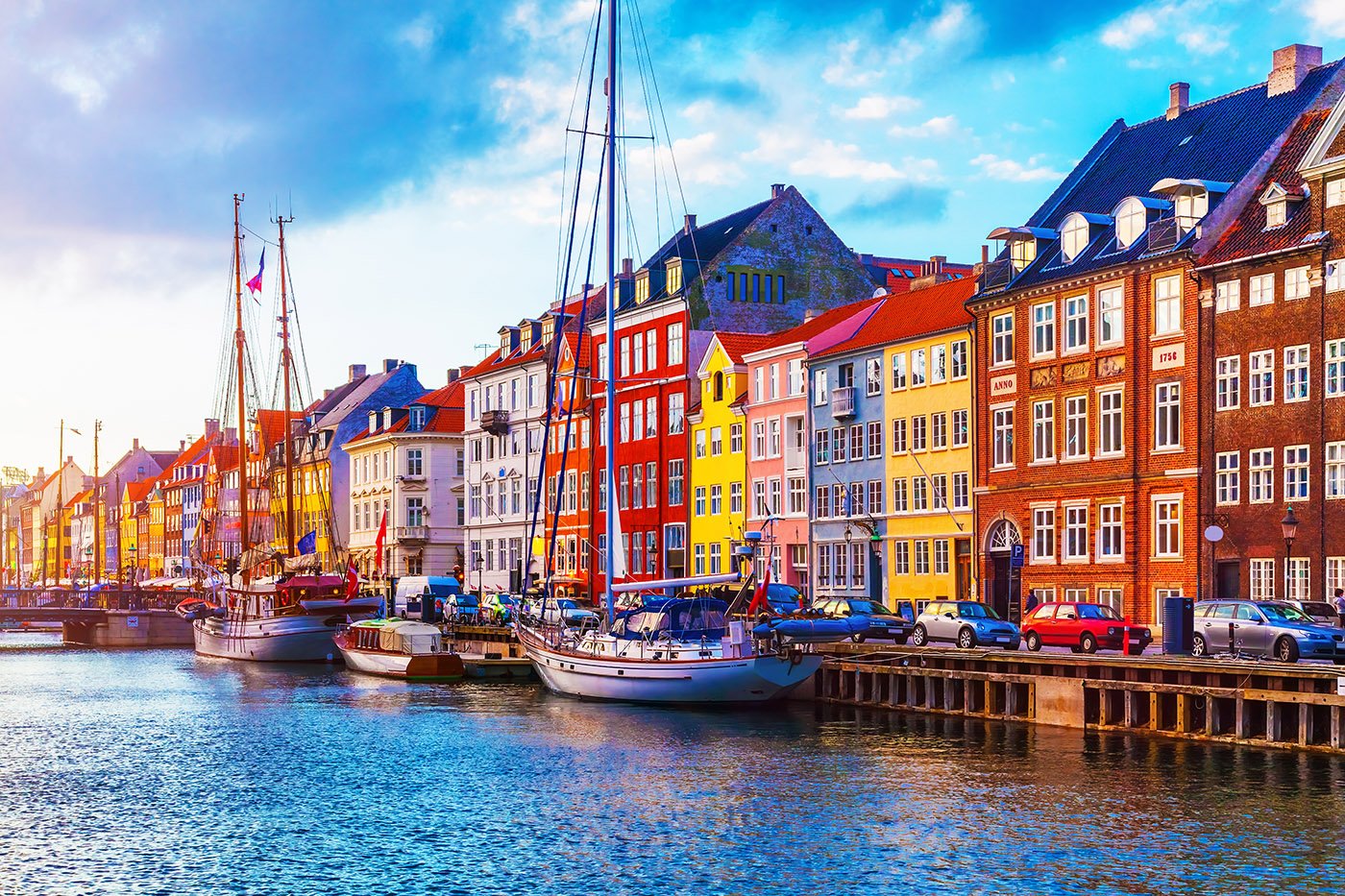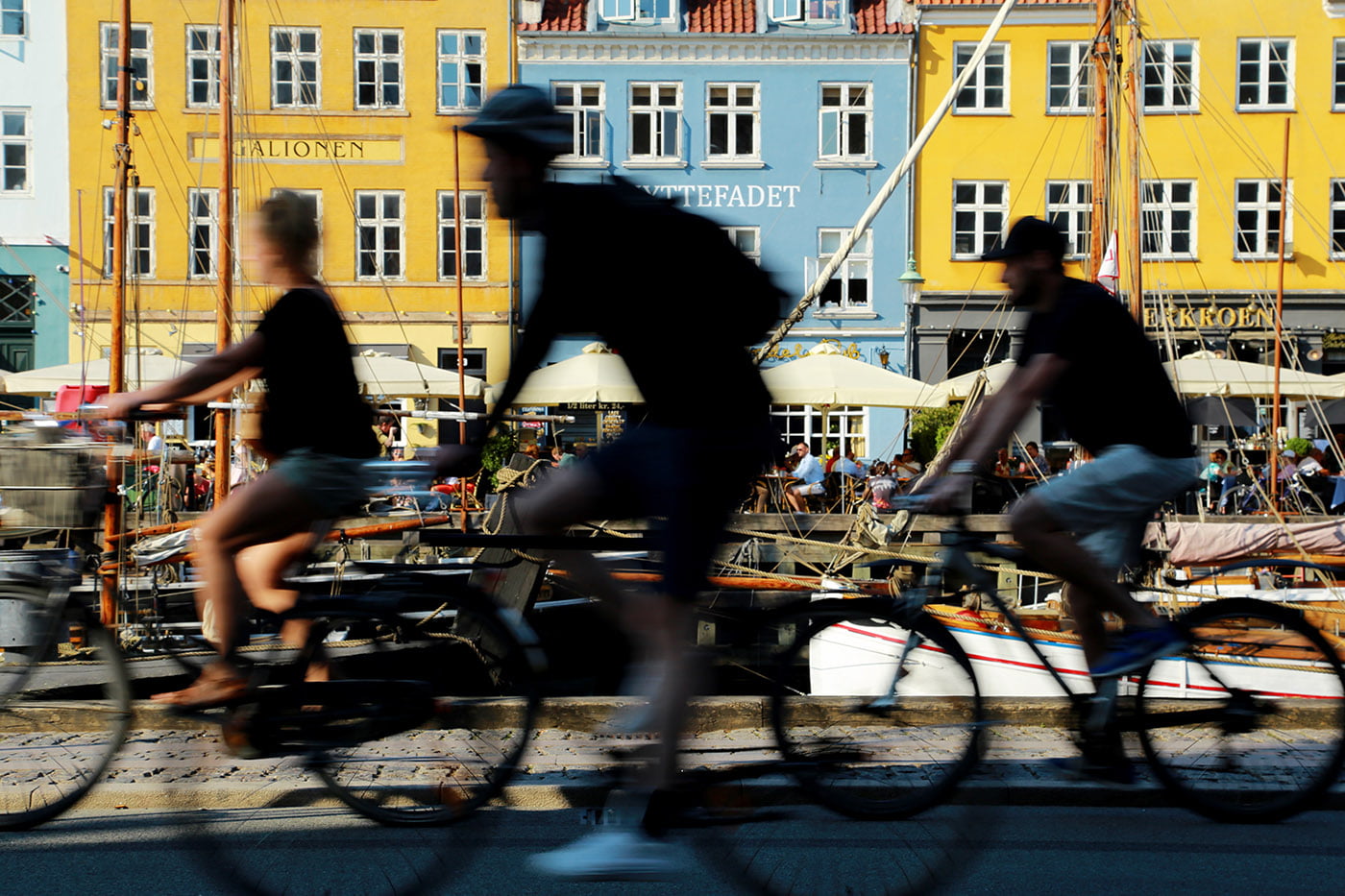Known for its rich Old World heritage, largely laid-back culture, quaint and quirky historical towns, and modern design aesthetics, Denmark attracts tourists in the millions. Denmark Visitor Arrivals recorded a high of 33,093,000 persons in 2019; while figures dipped as a result of the COVID-19 pandemic, tourism to the country is on the rise, once again. Data shows that as of October 2023, a total of 2,516,500 Japanese tourists had visited Denmark; meanwhile, latest available data as of October 2022 shows that 1, 957 Japanese nationals reside in Denmark.
And, when it comes to living it up in Denmark, certain aspects stand out: a craving for unfettered culture and comfort, minimalist elegance, culinary excellence, and sustainable living, to name a few of the highly visible hallmarks of the Danish luxury lifestyle. These noteworthy facets resonate with the Japanese appreciation for classic simplicity, superior craftsmanship, eco-friendliness, and attention to detail. As such, the Nordic country in the central portion of Northern Europe has been attracting an increasing number of Japanese tourists seeking a unique luxury vacation.
Hygge, for a happy heart
Among the well-established cultural characteristics that capture the attention of Japanese visitors to Denmark is the concept of “hygge,” which derives from the 16th-century Norwegian word “hugga” which means “to comfort.” It is also related to the Dutch word “heugen” (which means “to remember”) and more loosely, to the English word “hug.” This widely-known Danish term is a catch-all for a lifestyle and aesthetic of coziness, comfort, and conviviality. It caught the global eye in 2016, when Denmark exported the notion, worldwide, making the rounds in books and popular media, design styles, fashion, interior design, and so much more. It is also often said that the hygge lifestyle is a big reason that Danes are among the happiest people in the world.
The simplicity and functionality of hygge lines up with the Japanese propensity for sustainable minimalism; as such, Japanese tourists often seek out luxury accommodations and experiences that embrace this philosophy. Visitors in search of a dose of hygge can find it at upscale boutique hotels with uncluttered Nordic-inspired interiors, cozy cafes with artisanal pastries, and spa retreats set in picturesque natural landscapes — examples of the luxurious, hygge-centric lifestyle for which Denmark is renowned.
Denmark on a plate
Culinary adventures play a significant role in the luxury lifestyle experience in Denmark. Historically speaking, traditional Danish gastronomy was largely dependent on what could be farmed during Denmark’s short summers or on what was available nearby. As such, the cuisine usually featured seasonal produce and ingredients that were of limited availability, a characteristic that has carried over to the country’s modern fare. In the early 2000s, a new culinary style known as New Nordic Cuisine emerged in Scandinavia, driven by the acclaimed three-Michelin-starred Noma restaurant in Copenhagen. New Nordic cuisine stresses the use of local, natural, and seasonal ingredients, with an increasing interest in Danish organic goods, including fruits and vegetables, meats, and dairy products as well as diverse flavor elements. This culinary movement has since largely defined Danish dining. To date, Japanese tourists are drawn to sought-after Michelin-starred restaurants like Noma and Geranium (which also boasts three Michelin stars), savoring dishes prepared with locally sourced, seasonal ingredients and varied taste profiles from across the region. As of 2022, there were 28 Danish restaurants holding a total of 39 Michelin stars, more than in any other Nordic nation. These topnotch restaurants showcase the best of Danish farm-to-table dining. The seasonality of the dishes lends a feel of luxury and sustainability to Danish cuisine, overall, while the array of Scandinavian flavors creates a unique culinary encounter that intrigues tourists.
Danish cuisine is also likewise known for its bevy of beautiful breads, artisanal pastries, and the famed open-faced sandwiches called smørrebrød, one of Denmark’s national dishes. Danish smørrebrød varies from simple to sumptuous, with its base of Danish rye bread (rugbrød), coated with a thin layer of butter or goose fat, then topped with a variety of local ingredients from pickled herring, cold cuts, salmon, and shrimp to hard-boiled eggs, fruit, herbs, and micro-greens.
Fashion and the finer things
In the realm of fashion and design, Danish designers and luxury brands — like Ganni, Nicklas Skovgaard, A. Roege Hove, Saks Potts, OpéraSPORT, Stine Goya, Cecilie Bahnsen, and more — attract Japanese visitors seeking exclusive and minimalist yet edgy styles. Renowned Danish designers have a global reputation for combining functionality with timeless aesthetics, in stunning designs that meld minimalism and muted magnificence. Tourists delight in exploring Copenhagen’s luxury shopping districts, discovering premium boutiques that showcase Danish craftsmanship in clothing, accessories, and home decor. Copenhagen’s famed shopping destination, Strøget, is especially beloved by international visitors and locals, alike, for its welcoming walking streets and superior selection of shops. Five linked pedestrian streets run through the city center from Rådhuspladsen in the west to Kongens Nytorv in the east, with the shops and boutiques getting progressively more luxurious along the way.
Danish fashion brands are not only committed to eco-friendly industry standards, but also to ethical practices. Sustainability is a key aspect of Denmark’s luxury lifestyle, across all facets, including fashion — and this is very appealing to environmentally conscious Japanese high-end consumers.
On the other hand, art and culture enthusiasts thrill to Denmark’s vibrant arts scene. Demark is home to world-renowned museums (like the Ny Carlsberg Glyptotek and The National Museum of Denmark), contemporary art galleries, and design exhibitions, all of which contribute to a rich cultural immersion. Danish craftsmanship, expressed through art installations and design exhibitions, reflects a commitment to innovation and creativity, attracting those who appreciate the finer aspects of culture.
Freedom to roam, sustainably
Generally speaking, Denmark’s dedication to a more sustainability-conscious way of life aligns with the values of many Japanese tourists. Exploring eco-conscious initiatives — such as organic food markets, eco-conscious accommodations, and sustainable transportation options — becomes an integral and interesting part of their Danish luxury getaway.
For example, Denmark’s commitment to bicycle culture is another aspect that captivates tourists. The country has consistently ranked as one of the world’s top cycling cities, and bike tours are part-and-parcel of a Danish holiday. Luxury bike tours (the more popular ones of which include the Copenhagen Three-Hour City Highlights Bike Tour, the Three-Hour Culinary Bike Tour, and the Guided Bike Tour in Wonderful Copenhagen) offer a unique way to explore the city’s hidden gems and picturesque landscapes. Tied in with the Danish concept of “freedom to roam” or “friluftsliv,” these bike tours have become a top activity, while visiting Denmark. With knowledgeable locals serving as guides, bike tours provide the perfect way to take in Copenhagen’s attractions, from charming historical towns, iconic luxury hotels, and affluent modern locales to expansive parks, natural attractions, and urban green spaces — all while championing eco-conscious tourism. For their distinct appeal and advocacy, Denmark’s bike tours further enhance an immersive Danish lifestyle.
As Denmark continues to morph into a sought-after destination for luxury travelers, its core cultural characteristics will continue to captivate and create a lasting impression on those seeking an exceptional, ethical, and elevated experience in the heart of Scandinavia.
Japanese tourists seeking a connection with nature find satisfaction, as well, in Denmark’s further-flung coastal areas and forests. Luxury accommodations set against breathtaking natural backdrops provide a posh escape from bustling city life. Combined with bespoke and carefully curated outdoor itineraries, these luxurious vacation retreats offer a harmonious blend of the utmost in relaxation and nature-centric adventure for visitors to Denmark.
Exceptional, ethical, elevated, and evolving
For its laidback, largely ecological, yet luxurious lifestyle trends, Denmark appeals to Japanese tourists. The Danes’ well-balanced ways — from their happy hygge life, gastronomic excellence, and flair for the finer things to their sustainable practices, minimalist mindset, and deep connection with nature — are enticing to Japanese tourists looking for a memorable yet mindful vacation. As Denmark continues to morph into a sought-after destination for luxury travelers, its core cultural characteristics will continue to captivate and create a lasting impression on those seeking an exceptional, ethical, and elevated experience in the heart of Scandinavia.









